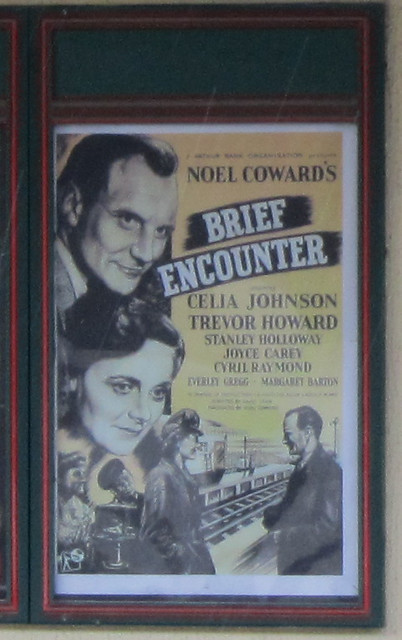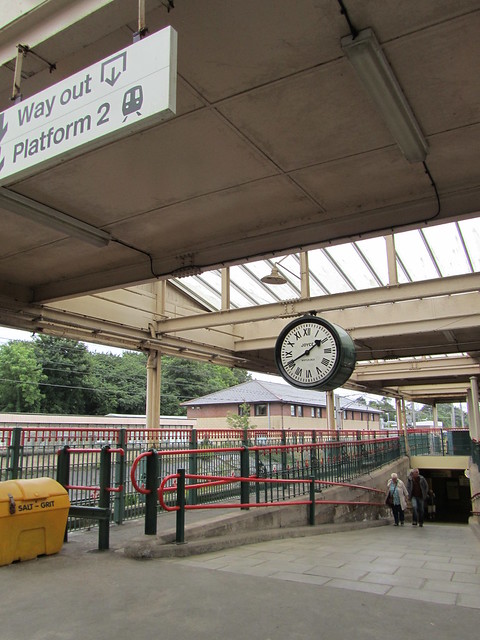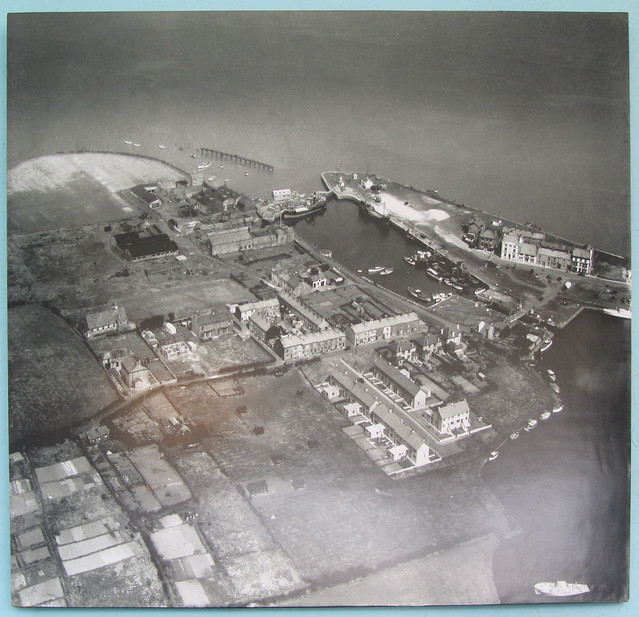*Blackpool Tower is one of the iconic images of northwest England. At 518 feet high (158 metres) the Grade I listed structure is the 103rd tallest free standing tower in the world. It was inspired by the Eiffel Tower.
It's nationally known as the traditional home of ballroom dancing, and it is currently the venue for a highlight of the BBC's Strictly Come Dancing. It also houses a circus ring, a high-rise observation deck with a glass floor, a 'house of horror' dungeon attraction, and the flagship branch of fish and chip chain Harry Ramsden's.
The architects were James Maxwell and Charles Tuke, two Lancashire men, but the structural engineers in charge of the project were Worcester-based Heenan and Froude. Construction took five million bricks, 2,500 tonnes of steel and 93 tonnes of cast iron.
The Tower opened on May 14, 1894 and on that day more than 3,000 people rode lifts to the top. By the 1890s seaside holidays were becoming popular. The 1871 Bank Holidays Act had created official public holidays throughout the year, and the growing railway network made travel easier and affordable for working families.
Blackpool had had a railway connection since the 1840s and by the time the Tower opened the town already had a promenade and many other seaside favourites: fish and chip shops, pubs, donkey rides, and gypsy fortune tellers. All three piers were complete, the South Pier opened just a year before the Tower. The world-famous illuminations opened in 1879.
The Tower was just the latest attraction designed to encourage holidaymakers and day trippers to part with their money. It cost sixpence (2.5p) to go inside, sixpence to ride the lift to the top, and another sixpence to watch the circus in the building below. The average wage at the time was £1 a week. A Blackpool Tower Circus ticket would cost you the best part of £20 today.
* As promised a couple of posts ago - more about Blackpool.
Showing posts with label Lancashire. Show all posts
Showing posts with label Lancashire. Show all posts
Saturday, 24 September 2016
Thursday, 4 June 2015
Spiting your neighbour
Nowadays there are planning rules to control how people extend their homes, but not so long ago owners could do what they liked. And in Silverdale*, Lancashire, several built what's known as 'spite walls' just to get one over on their neighbours.
There are examples all around the village, but one of the best known is in Stankelt Road. (This link will open Google Streetview.) Apparently the house on the left had a clear view over open countryside until owner Right decided to put his house smack next to the boundary. So Left built the huge wall, cutting out light and getting his own back on Right.
Other walls exist throughout the area. It's a coastal village and some were erected simply to prevent next door having a sea view! The people of Silverdale appear quite friendly these days so it's not clear why they were so aggressive in the past. Neither is it clear why nobody knocks the walls down these days.
Some have been lowered, as a gesture of goodwill. The book Cheek by Jowl: A History of Neighbours, by Emily Cockayne gives details of one in Shepton Mallet (Somerset) that's protected by Grade II listing.
*Silverdale is on the west coast, on Morecambe Bay, just north of Lancaster and VERY close to the Cumbrian border.
There are examples all around the village, but one of the best known is in Stankelt Road. (This link will open Google Streetview.) Apparently the house on the left had a clear view over open countryside until owner Right decided to put his house smack next to the boundary. So Left built the huge wall, cutting out light and getting his own back on Right.
Other walls exist throughout the area. It's a coastal village and some were erected simply to prevent next door having a sea view! The people of Silverdale appear quite friendly these days so it's not clear why they were so aggressive in the past. Neither is it clear why nobody knocks the walls down these days.
Some have been lowered, as a gesture of goodwill. The book Cheek by Jowl: A History of Neighbours, by Emily Cockayne gives details of one in Shepton Mallet (Somerset) that's protected by Grade II listing.
*Silverdale is on the west coast, on Morecambe Bay, just north of Lancaster and VERY close to the Cumbrian border.
Wednesday, 3 June 2015
Location Location Location
 |
| I love you. I love you. You love me too. It's no use pretending it hasn't happened because it has. |
Carnforth Station is actually quite famous in its own way. It was the "star" of the 1945 David Lean romantic film of the Noel Coward play Brief Encounter. If you're of a certain age you know exactly which film I mean. Trevor Howard and Celia Johnson getting themselves into a middle class pickle over a little sexual attraction. Lots of stiff upper lips and clipped English vowels.
So my question is this: does being the location for a film (albeit a well-known one) justify the fact that this little out of the way place has a "heritage centre"? It also has a Brief Encounter Refreshment Room. If you've seen the film you'll know why.
 |
| That clock |
The film was shot in wartime and had to be made outside timetable hours so it didn't interfere with troop movements. The location was chosen because of its isolation. The powers-that-be in the War Office felt it was unlikely to be a target for German bombers so the film crew and stars would be safe there.
All this can be found out at the Carnforth Station Heritage Centre, as well as quite a bit about the role the station played in shifting troops around the country throughout the war. Now that is history. However, does the film location count as well? I admit I'm a fan. I've loved Brief Encounter for years, and I did spend time sitting in the waiting room watching a hefty chunk of the film, which plays on a loop during opening hours. But is it really heritage? What do you think?
Some other well-known locations
Castle Howard, North Yorkshire - Brideshead Revisited (1981 Granada TV)
The Historic Dockyard, Chatham, Kent - Call the Midwife (2012-present BBC)
Gloucester Cathedral (and lots of other places) - Harry Potter series (2001-2011 Warner Brothers)
Venice - Don't Look Now (1973 British Lion)
Vienna - The Third Man (1949 London Film Productions)
Sunday, 31 May 2015
Does history matter?
 | ||
| Aerial view of Glasson Dock |
On the north west coast of England, just south of Lancaster, there's a place called Glasson Dock. It's also known as the port of Lancaster, and it grew up there because the local River Lune wasn't easy to navigate for bigger ships. (Just a quick look at the riverside in Lancaster itself shows that smaller ships had no trouble at all reaching the city - but that's a post for another day.)
Glasson Dock is still a working port. There's a harbourmaster's office, the RNLI have a boat moored there, and it still handles more than 150,000 tonnes of cargo according to the Visit Lancashire website. A swift visit to wikipedia will tell you it's mainly animal foodstuffs and fertiliser.
A remnant of its past is the Port of Lancaster Smokehouse, a thriving modern business that operates out of old dockside buildings on the West Quay but also has on show some of its original kipper smoking huts, with brass-bound portholes in the doors so progress could be monitored without opening them.
What this post is actually about, however, is the Lantern O'er Lune cafe, which stands near the lock leading to the Lancaster Canal. It was taken over by new management at the start of this year and has undergone a complete refurbishment. (No, this isn't a restaurant review, although you can't fault the food or the service. It's still a good place to go.) The thing is, the place used to have numerous photos of 'Old Glasson' and information about the village's history, but all that has now gone. Does that matter? Well it does to me.
We aren't frequent visitors to the area, but we do call in every time we land up in this neck of the woods (For the smokehouse, to be fair.) and we always have at least a coffee and cake, if not lunch, at the Lantern.
 I enjoyed learning a little more each time I visited. There were photos of some of the former residents as well as some that allowed you to see how much has changed (or not) over the last 100 plus years. I have even photographed some of them and have copies. (see both shots on this page) But I don't have a record of the accompanying information.
I enjoyed learning a little more each time I visited. There were photos of some of the former residents as well as some that allowed you to see how much has changed (or not) over the last 100 plus years. I have even photographed some of them and have copies. (see both shots on this page) But I don't have a record of the accompanying information. The village has a website, and clearly there were old photos on it at some point, but all the links are currently broken. Does this mean that the record has gone? I hope not. I hope the information still exists somewhere, but I suspect that, even if it does, it's not all in one place or easy to find.
People should care about their local history. Once things are gone it's hard to recall them, and within 50 or so years those who remember will start to become fewer. A century, and all memory will be gone.
The UK has a peculiarly cavalier attitude to its heritage. Sure, we give the likes of Stonehenge and York Minster protection, but we allow the ordinary buildings, where real life happens, to be converted into plastic replicas, or to slip away totally.
There is currently a demolition order pending on the Futurist Theatre in Scarborough - a place that represents a significant part of the town's history as a resort. (That's also a post for another time.) Many locals are horrified by the idea, but it seems the council believes demolition is the way ahead. Now, I'm not suggesting we should all live in the past, but at least don't throw it away as if it doesn't matter.
Subscribe to:
Posts (Atom)


